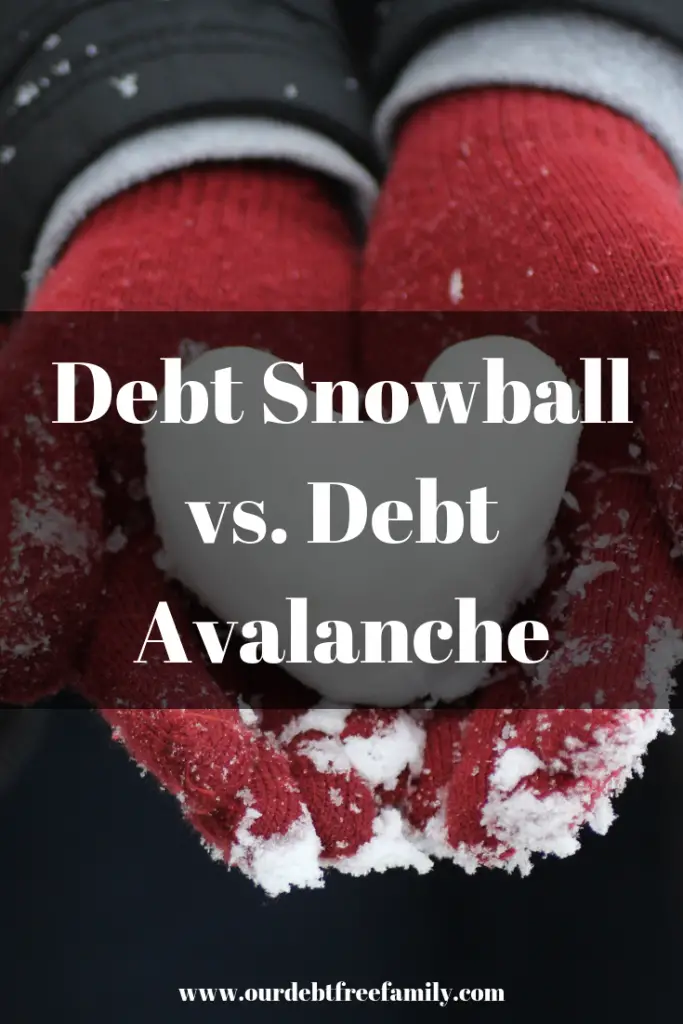
There is no sure-fire way to handle your finances or handle paying off debt. Each situation requires a different approach, depending on your personal financial needs. So, when it comes to being debt-free, what is the best way to handle paying off your accounts? How do you decide between a debt snowball vs. debt avalanche?
Debt Snowball vs. Debt Avalanche
“Debt snowball” and “debt avalanche” refer to two ways you can choose to pay down your debt. Deciding which method is best for you depends on your own personal situation. However, there are pros and cons to both approaches. Here’s what you need to know.
The Debt Snowball
Snowballing your debt is a great way to pay off your accounts in a quick fashion. To use this approach you need to begin paying off your debt in order of smallest to largest. So, if you have three accounts that need to be paid with amounts of $1,450, $6,578, and $10,755, you’d start paying as much as you can on the $1,450 account. Pay the minimums on the other two until you pay the first (smallest) account off. Once you’ve paid that account, move on to the $6,578 debt, then the $10,755.
Perks of using this method are being able to see your debt is paid off in a quick fashion. It provides a feeling of accomplishment and helps keep you motivated. You’ll also be able to free up more funds as you pay off the smaller accounts to tackle your other debt.
When it comes to comparing the debt snowball vs. debt avalanche, one con of the snowball may be that you wind up paying more in interest over time. It may also take longer to pay off your debt this way. However, it is a tried-and-true method.
The Debt Avalanche
Using a debt avalanche is another great way to pay off your debt over time. Instead of paying down debt by the total amount owed, you pay it off by the interest rate. So, if the three accounts mentioned above had interest rates of 7.9%, 9%, and 12%, then you’d want to start throwing money at the $10,755 account with the 12% interest rate first.
The biggest perk of this type of debt payoff plan is you’ll pay less interest in the long-run. You may also find that a debt avalanche approach helps you pay your debt off faster than the debt snowball approach. However, it can be harder to maintain your motivation with the avalanche method. It can also feel like it takes a longer time to pay things down.
Choosing the Best Approach For You
When it comes down to choosing between a debt snowball vs. debt avalanche approach, both will help you meet your goal of being debt-free if you stick to it. The best way to choose which is right for you will depend on your personal goals and what keeps you motivated.
If you think you’d lose motivation with the avalanche method, maybe you should try snowballing your debt first. Or maybe the thought of saving money on interest will keep you pushing forward on paying off your debt. If that’s the case, try out a debt avalanche instead.
You also don’t have to choose one or the other. Sometimes the best approach to paying off your debt is a combination of the two. Deciding what will motivate you and help you reach your debt-free goal is most important.
Have you tried either one of these debt payoff approaches?
Leave a Reply